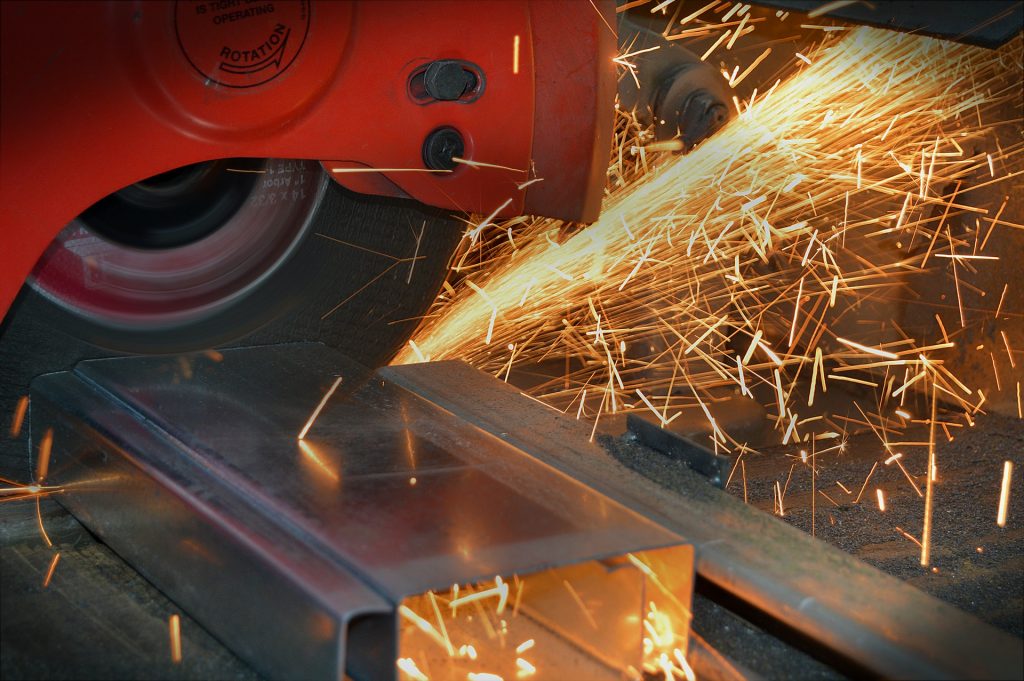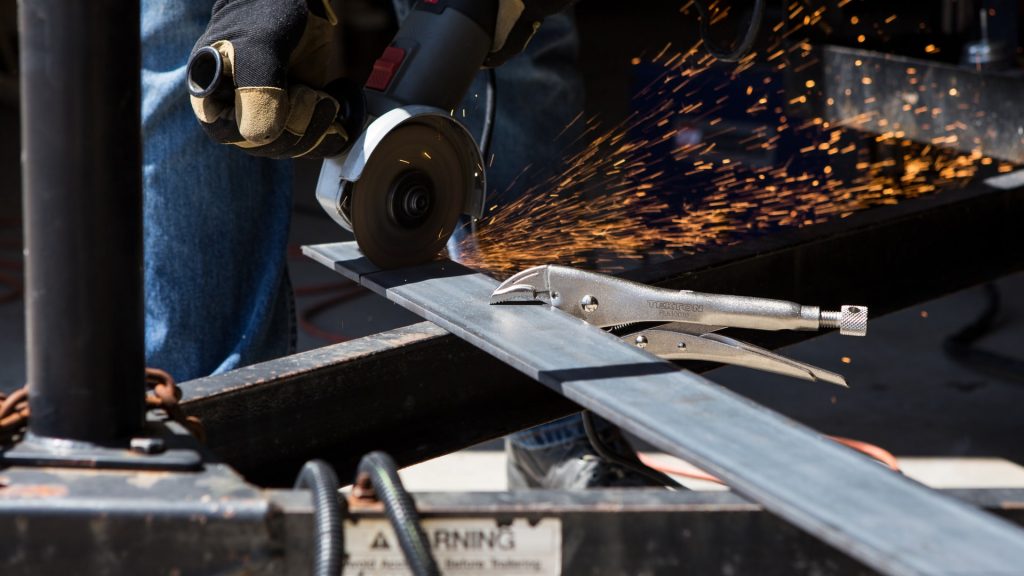If you shop for baseboard moldings, you’ll notice that they come in extremely long pieces, sometimes up to 16 feet long. This is why they look so good when they’re installed as a single unbroken piece.
In most cases, it’s not possible to install a single baseboard molding along the entire wall. When the wall is longer than the baseboard molding, you can cut the two shorter baseboards together to stretch from end to end.
We think the best way to do this is through a scarf joint.
Quick Summary
In this post, we will go over the following points:
- Things you need
- How to cut a scarf joint with a miter saw?
- Additional tips
- Other types of joints
So, without further ago, let’s jump into the article.
Things You Need
Before you start to cut a scarf joint, here are some things you need to keep on hand:
- Stud finder
- Pencil
- Tape measure
- Miter saw
- Nails
- Hammar
- Drill
- Sandpaper
- Glue
- Touch up paint
- Masking tape
How to Cut a Scarf Joint Miter Saw? - Step-by-Step Guide

Step 1 – Find an appropriate location
First and foremost, choose the location for the scarf joint. If it’s possible, we recommend you position it over a stud.
Then, mark the stud’s edges and centerline with a small piece of masking tape on the wall. It’s also helpful to look for a place that you plan to cover with a couch or a dresser.
Step 2 – Mark cut line
Take a piece of molding and fit it into a corner. Then, mark the seam cutting line.
In addition, it’s a good idea to mark diagonally across the molding piece. This will help you easily cut it.
Step 3 – Make the first cut
Create the first half of the scarf joint with a 45-degree miter saw. Make sure the cut opens away from the wall.
Fix this part of the molding to the wall at the other studs location along the wall.
Step 4 – Make the second cut
Place the end of the second molding piece into its corner. Use a pencil to mark the location of the scarf joint.
Note: Miter saw should run in the opposite direction of the first cut you installed.
We suggest you make several cuts to make it a perfect fit.
Step 5 – Drill pilot holes
Now use a drill to create pilot holes. They will hook the seam and hold the molding to the wall. We highly recommend you don’t neglect this part. If you only use glue, it will make the slippery and may slip out of place once you drive the fasteners.
Another tip is to slightly angle the pilot holes. This way the joint won’t slip when you push the nails.
Step 6 – Drive nails and sand
After you spread glue on both parts of the joint, get both nails started through the pilot before you guide through them completely. Countersink the nails as little as possible.
In the end, sand down the joint and touch it with paint.
Additional Tips
To sand a flat edge, it’s best to load abrasive paper into a hard rubber sanding box. You can use it to level the flat surfaces of the scarf joined moldings.
Furthermore, don’t focus all the pressure while you sand right at the joint line. Spread out several inches to both sides of the seam line. Don’t forget to remove the excess dust with a damp cloth. Finally, apply primer to the raw wood.
To smooth curved edges, you can create a DIY with sandpaper wrapped around a rod or a cylinder that matched the shape of the joints. Some examples to use as a cylinder are round pencils, dowel rods, and PVC plumbing pines.
Moreover, you can use a pressure-sensitive abrasive (PSA). It will stick to the cylinder and make your job easy. A good alternative to PSA is spray adhesive or just ordinary sandpaper.
On larger pieces of trim work, such as crown molding, you can join the lengths of the scarf joint before you install the piece. This will significantly reduce the amount of work you’ll have to do as you stand on the ladder and install the molding. This way you will get better joints and less work.
But, keep in mind that the cuts for the opposing miters of the scarf joint must be extremely accurate. We also suggest you follow the recommended time to set the glue so it can develop strength before you start to install it. Patience during this whole process will do you good.
The process for the wood gusset is also similar. First, trim the scarf joint, spread glue to the cut ends, and press them together firmly. Then, position the assembly against a straightedge and apply strips of masking tape to keep the joint together. Glue and nail a plywood gusset over the seam.
As the size of the molding increases, we suggest you go for thicker plywood but make sure it doesn’t interfere with installation clearances.
But, if you want an alternative to plywood, we suggest steel mending plates. They offer excellent strength with minimum bulk. Also, pick coarse-threaded screws for the highest holding power in softwoods.
Note: During installation, we don’t recommend you to drive or shoot nails through the metal plates.
Other Types of Joints
There is no doubt that miter saws are extremely versatile tools.
Here are some other types of joints that you can make with a miter saw:
- Miter joint that can be created by two beveled parts at 45-degrees that forms a 90-degree corner.
- Coped joint. This is a special joint in which one end is a butt joint and the other is trimmed and cut according to the first cut.
- The butt joint is the simplest joint that you can make with a miter saw. All you need to do is join the two ends of a workpiece.
Wrapping Things Up…
This concludes our guide on how to cut a scarf joint with a miter saw. We hope all the information is helpful.
If you follow these simple steps, you will surely end up with a perfect scarf joint. However, if you’re an amateur you might need some practice on the miter saw.
Tools Advisor Pro provides all the information needed to use a miter saw.
You can always contact a professional if the task seems too complicated for you to perform on your own.

